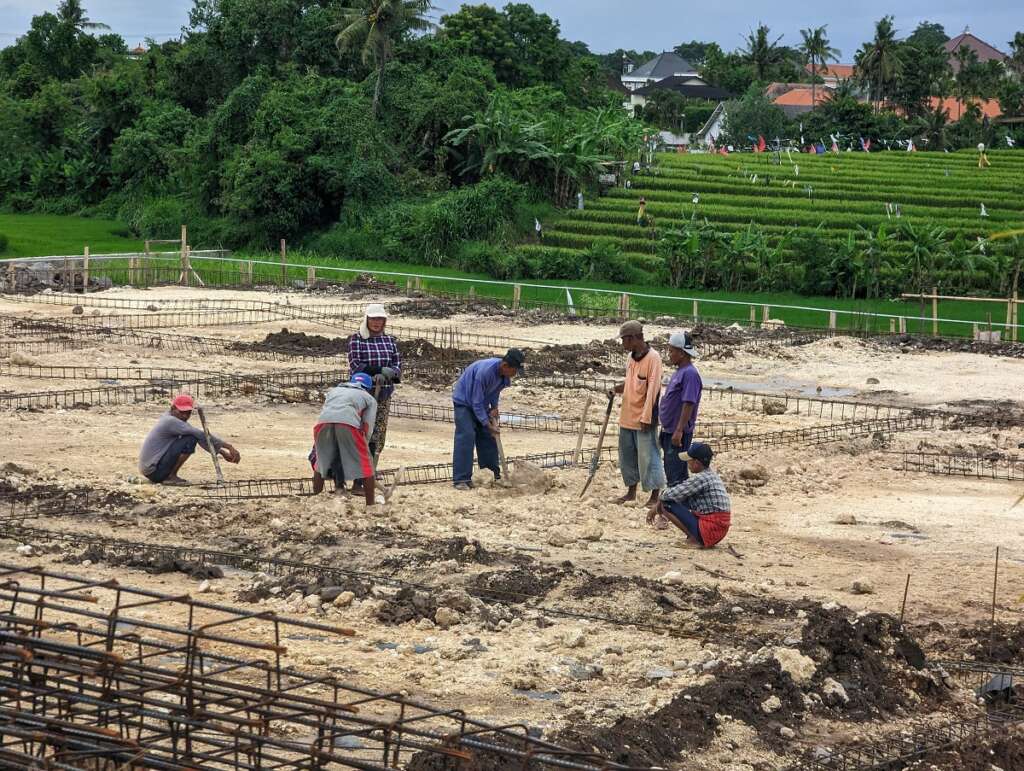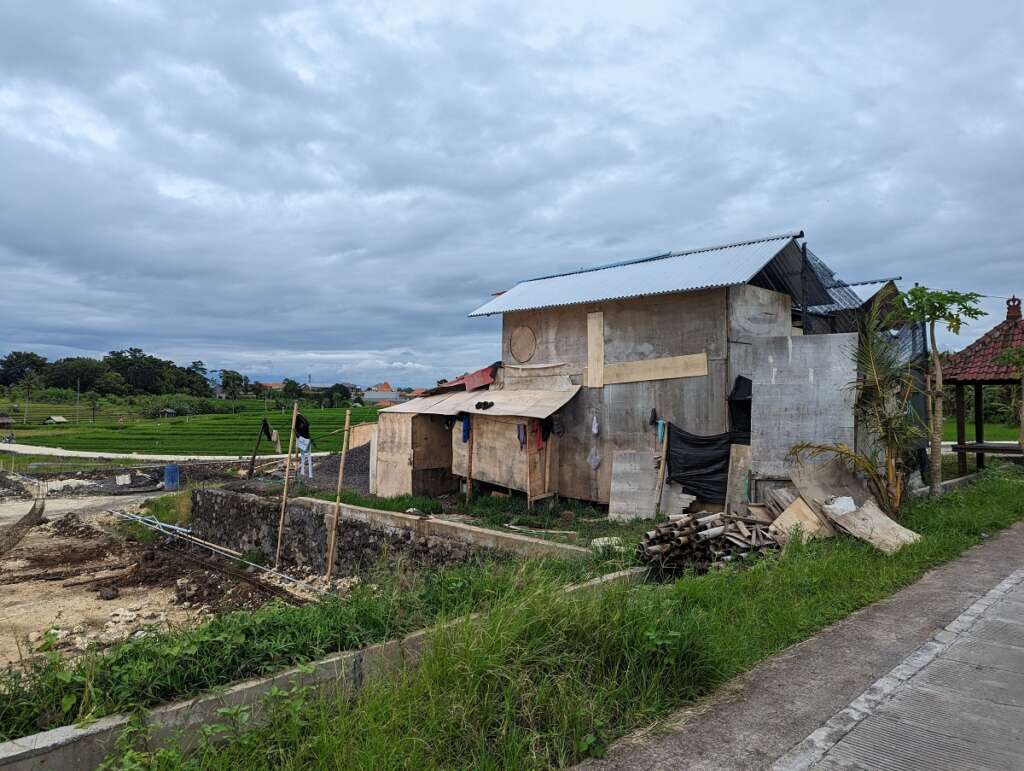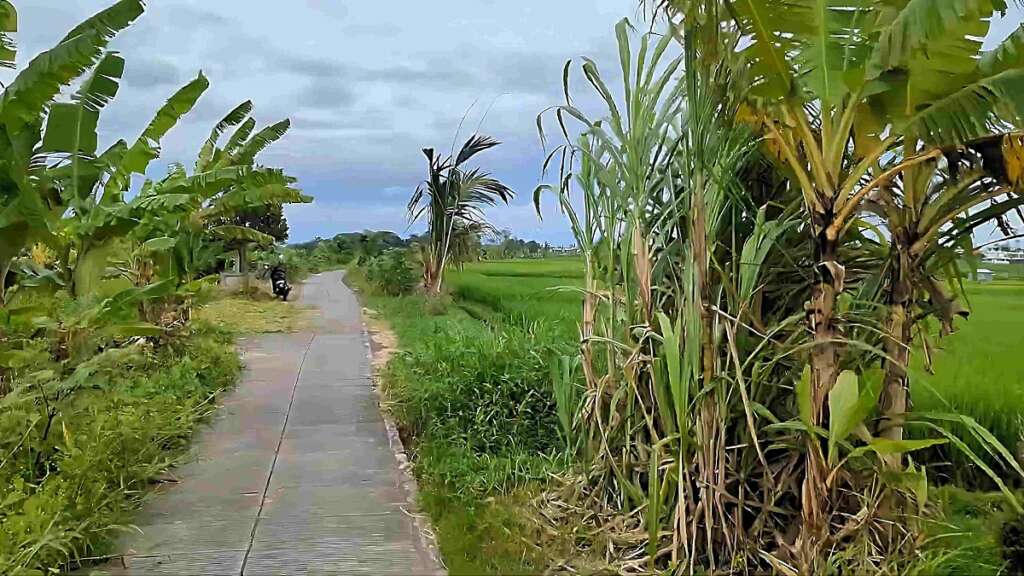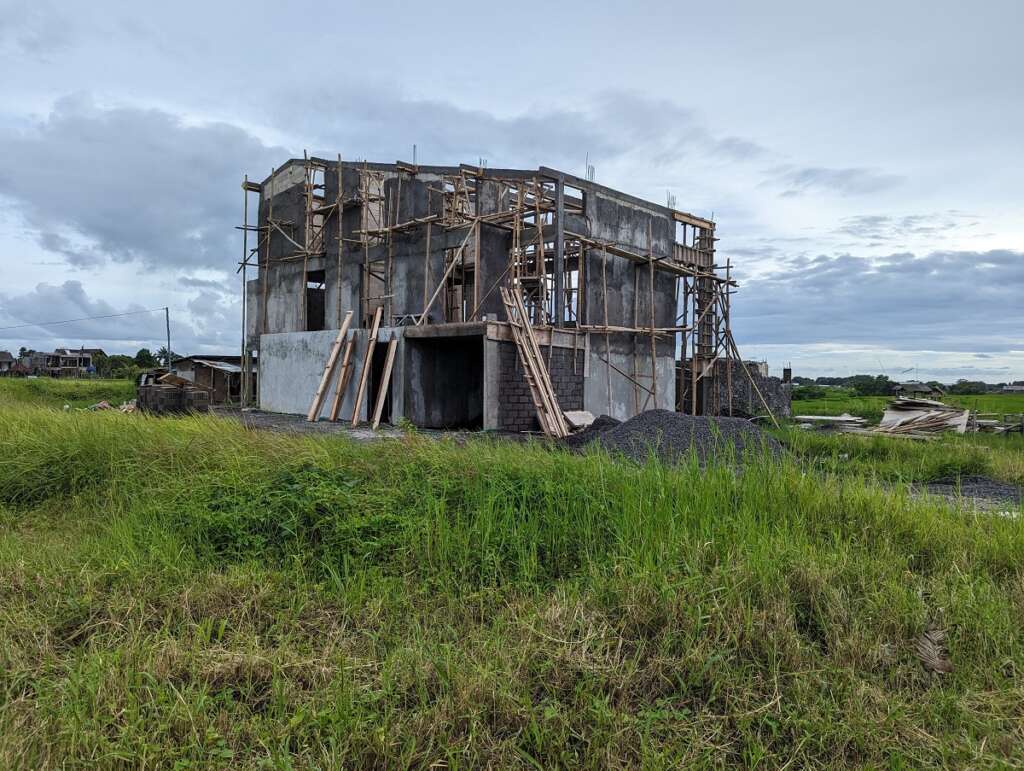Blog Introduction: Building a house can be a long and tedious process. But have you ever thought about how the workers who build these homes live? In Indonesia, construction workers are known to live in small wooden self-made houses as they construct other homes. These living conditions give us an insight into the struggles faced by workers in this industry everyday. Let’s take a closer look at what life is like for these Indonesian construction workers.

1. The Living Conditions.
The living conditions of Indonesian construction workers are far from ideal as they typically share cramped quarters with no privacy whatsoever. These tiny houses are usually built out of old wooden materials that have been salvaged from nearby sites, and they often consist of just one room that is divided into two or more parts. This means that multiple people may be forced to share the same bed and other furniture, which can make life very uncomfortable for those living there. Furthermore, due to the lack of insulation, these tiny homes are often cold during the winter months and unbearably hot during summertime.

Outside shower from the dwell
Indonesian construction workers lack basic access to necessities like water and sanitation. They often bathe with cold water from a bucket because of the lack of proper plumbing or drainage. They usually collect the water from nearby streams or make a well themselves. This makes it difficult for them to maintain basic hygiene, especially during the hot summer months. We witnessed that workers pumped water from the ground and showered outside using a system made of bamboo.
2. The Working Conditions.
The working conditions of Indonesian construction workers are just as difficult as their living conditions. Despite the long hours and hard labor, they often lack basic safety equipment. This includes no gloves, boots and helmets which can make their work even more dangerous. Furthermore, since most of these workers do not belong to a union leaving them vulnerable.
The Wages and Benefits
Construction work in Indonesia does not pay well; most laborers earn only a few hundred dollars per month. Many cannot afford private housing and depend on their employers for accommodation, which is often substandard. Furthermore, the lack of government regulation or oversight on construction sites means that employers often fail to provide protective gear or medical attention in case of injuries while on duty.
Bali is developing fast

The rapid development of Bali is leading to an increase in house construction in and around the Canggu area.This has caused an increase in the number of self-made wooden houses for Indonesian construction workers. We believe this trend will just continue to grow, so you will find these wooden houses all around Canggu and Bali.

Conclusion:
he struggle faced by Indonesian construction workers is all too real; their wages are low, their living conditions are uncomfortable, and their health and safety are unprotected by any government agency or oversight body. It’s important to remember that while we enjoy the luxury of our own homes, others around the world are still working hard every day to build theirs—often with very little in return. We should all be thankful for what we have and try our best to help those less fortunate than ourselves whenever possible. Thank you for reading!


